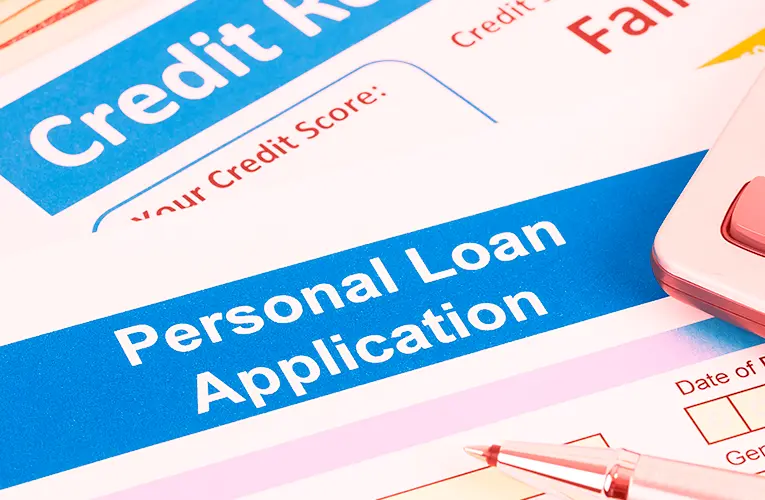Navigating the Labyrinth: A Guide to Student Loan Forgiveness Programs
The burden of student loan debt can feel like a looming monster, casting a long shadow over your financial future. With skyrocketing tuition costs, many students rely on loans to finance their education, only to find themselves grappling with mountains of debt after graduation. This is where the concept of student loan forgiveness programs emerges as a beacon of hope.
However, navigating the complex world of student loan forgiveness can be akin to wandering through a labyrinth. This guide aims to equip you with the knowledge and tools necessary to determine your eligibility and chart a course towards potential loan forgiveness.
Demystifying Forgiveness: What it is and What it Isn’t
Student loan forgiveness refers to government or private programs that discharge a borrower’s remaining loan balance upon meeting specific criteria. It’s important to understand that forgiveness is not a handout; it typically requires sustained commitment in the form of specific repayment plans or dedicated public service work.
Here’s a crucial distinction: forgiveness applies only to the remaining loan balance. Any payments you’ve already made are not reimbursed.
Unveiling the Options: A Look at Major Forgiveness Programs
The landscape of student loan forgiveness in the United States is comprised of several key programs, each with its own eligibility requirements and application processes. Let’s delve into the most prominent ones:
-
Public Service Loan Forgiveness (PSLF): This program offers forgiveness to borrowers who work full-time for a qualifying public service employer, such as government agencies or certain non-profit organizations. After 120 qualifying monthly payments (typically 10 years), the remaining federal student loan debt is discharged.
-
Income-Driven Repayment (IDR) Forgiveness: This program caters to borrowers who enroll in an IDR plan, which bases monthly payments on a percentage of your income and family size. After making a set number of payments under an IDR plan (typically 20 or 25 years, with the new SAVE plan offering forgiveness in as few as 10 years), any remaining federal student loan debt is forgiven.
-
Teacher Loan Forgiveness (TLF): Specifically designed for educators, this program forgives up to $17,500 in federal Direct Loans for teachers who complete five consecutive academic years of full-time service in low-income schools or high-need subject areas.
-
Other Forgiveness Programs: Several smaller, borrower-specific forgiveness programs exist, such as those for borrowers who become permanently disabled or work in specific professions like nursing. It’s crucial to research these possibilities based on your unique circumstances.
Important Considerations:
- Loan Eligibility: Not all student loans qualify for forgiveness programs. Federal Direct Loans are generally the most eligible, while private loans and some federal loan programs may not be included.
- Repayment Plan: Enrollment in the correct repayment plan is vital. PSLF and IDR forgiveness require enrollment in specific IDR plans, not standard repayment plans.
- Employment Verification: PSLF requires meticulous documentation of your employment with qualifying employers. Ensure you submit the necessary paperwork consistently.
Charting Your Course: Steps to Take
- Know Your Loans: Gather all your loan documents and identify the type of loans you hold (federal, private, etc.). This will determine which forgiveness programs you might be eligible for.
- Explore Forgiveness Options: Research the different federal and private forgiveness programs available. Consider your career path, income level, and loan type to determine the most suitable program.
- Consolidate Loans (if necessary): If you have multiple federal loans, consolidating them can simplify managing your repayment and potentially make you eligible for certain forgiveness programs.
- Enroll in the Right Repayment Plan: Depending on your chosen forgiveness program (PSLF or IDR), you’ll need to be enrolled in a specific IDR plan. Contact your loan servicer for guidance.
- Track Your Progress: Maintain meticulous records of your payments and employment (for PSLF). Utilize the Department of Education’s online tools to track your progress towards forgiveness.
- Seek Help (if needed): Don’t hesitate to seek assistance from the Department of Education, your loan servicer, or a student loan counselor. They can provide guidance and clarify any questions you may have throughout the process.
Beyond Forgiveness: Additional Strategies
While forgiveness programs offer a path to debt relief, it’s not the only approach to managing student loans. Here are some additional strategies to consider:
- Income-Based Repayment Plans: Even if you don’t qualify for forgiveness under an IDR plan, these plans can significantly lower your monthly payments, making your debt more manageable.
- Refinancing: If you have good credit, refinancing your private loans or federal loans with a private lender may secure a lower interest rate, potentially










